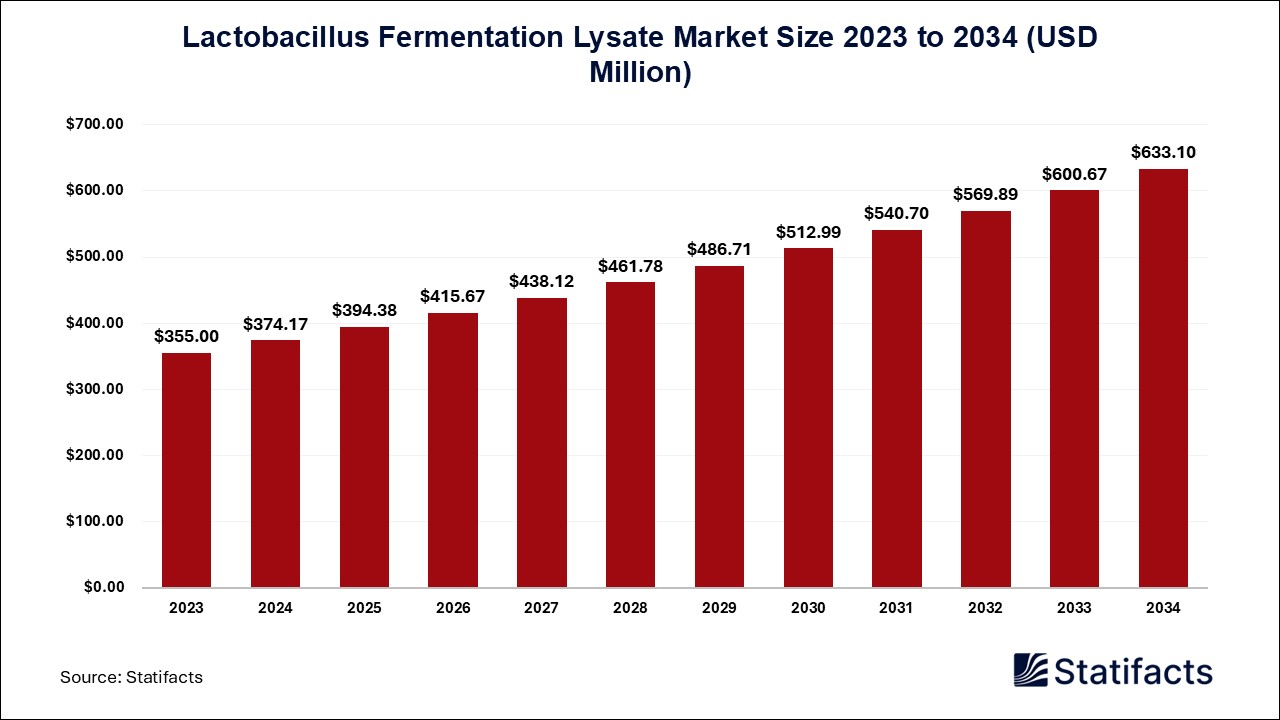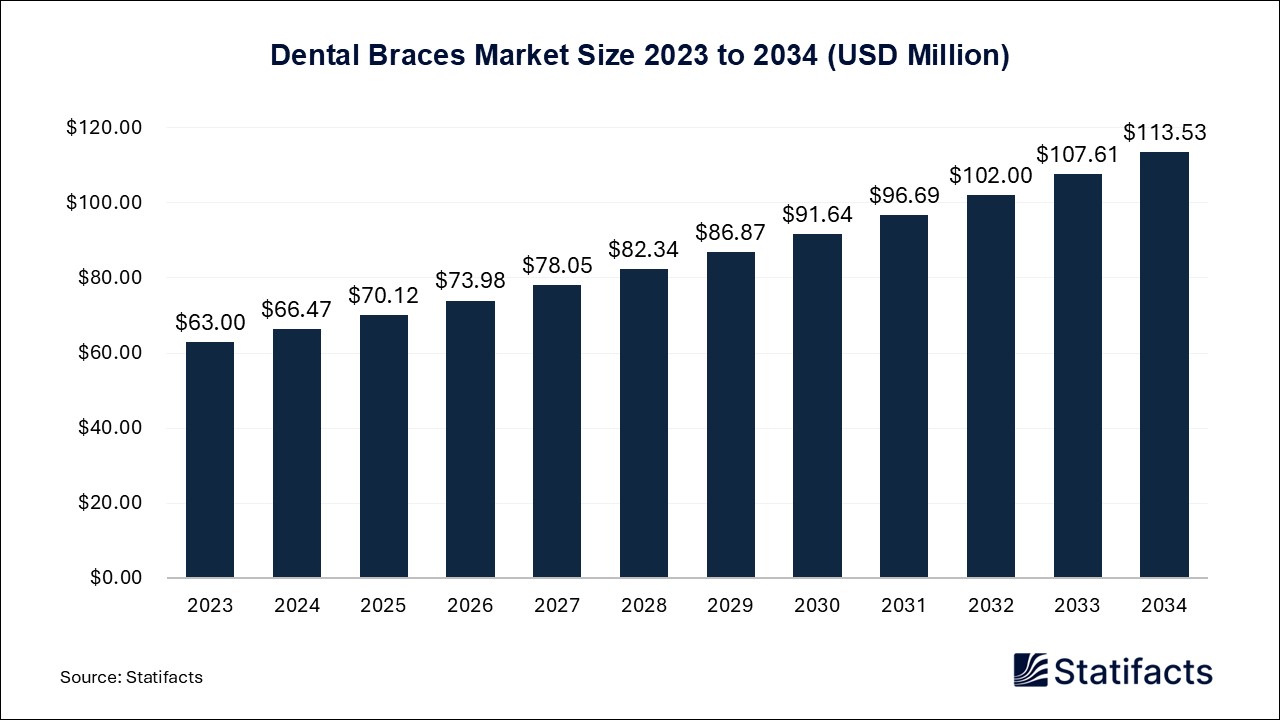

Our customers work more efficiently and benefit from
The U.S. crystal boba market size was estimated at USD 196.6 million in 2024 and is projected to be worth around USD 535.4 million by 2034, growing at a CAGR of 10.44% from 2025 to 2034.
The U.S. crystal boba market is experiencing substantial growth due to increasing consumer demand for innovative and customizable beverage options. Crystal boba, a chewy alternative to traditional tapioca pearls, is gaining popularity due to its unique texture and ability to absorb flavor. The market growth is driven by the increasing preference for healthier and low-calorie boba options, as well as the expanding presence of specialty tea and bubble tea chains across the country.
The growing popularity of bubble tea in the U.S. is a major growth driver for the U.S. crystal boba market. Younger consumers, particularly millennials and GenZ, are increasingly gravitating toward aesthetic, flavorful, and Instagram-worthy beverages. The versatility of crystal Boba, which pairs well with a variety of teas, fruit-based drinks, and milk alternatives, has further fuelled its adoption in both specialty tea shops and mainstream cafes. Additionally, the influencers of social media trends and viral food content have significantly fuelled consumer interest in crystal boba products.
Also, the health-conscious consumer trends are another key factor contributing to the rise of the U.S. crystal boba market. Unlike traditional tapioca plant pearls, which are high in carbohydrates and sugars, crystal boba is often made with konjac, low low-calorie, and fibre-rich ingredient. This makes it a preferred choice for consumers seeking healthier alternatives without compromising on taste or texture. The increasing focus on plant-based and low-sugar dietary choices has encouraged more food and beverage retailers to incorporate crystal boba into their menu offerings.
| Industry Worth | Details |
| Market Size in 2024 | USD 196.6 Million |
| Market Size in 2025 | USD 216.7 Million |
| Market Size by 2034 | USD 535.4 Million |
| Market Growth Rate from 2025 to 2034 | CAGR of 10.44% |
The rapid expansion of online and delivery-based beverage services has driven market growth. The convenience of ordering customized through mobile apps and delivery platforms has led to increased accessibility and consumer engagement with bubble tea brands. A lot of retailers have also launched DIY crystal boba kits, allowing consumers to recreate their favorite drinks at home. This has expanded the market beyond traditional tea shops to grocery stores, e-commerce platforms, and specialty food retailers.
Despite of significant growth of the U.S. crystal boba market, it faces challenges related to supply chain logistics and ingredient sourcing. As demand is increasing day by day, maintaining the consistent quality and availability of crystal boba ingredients, such as konjac and natural flavoring agents, can be a big challenge for manufacturers. Additionally, regulatory approvals and food safety compliance requirements in different states may create barriers for new market entrants. The high cost associated with importing premium ingredients to maintain its freshness further impacts the profitability of smaller vendors.
AI is playing a vital role in revolutionizing the U.S. crystal boba market by optimizing supply chain management, enhancing customer experience, and improving product innovation. AO-powered data analytics help beverage companies forecast consumer preferences and demand trends, enabling them to develop new flavors and customized drink options. Additionally, AI-driven chatbots and recommendation algorithms on online delivery platforms enhance user experience and engagement by suggesting personalized beverage combinations based on their past purchase behaviors.
The future of the U.S. crystal boba market lies in product diversification, innovative packaging solutions, and strategic partnerships. Expanding the use of crystal boba beyond beverages into desserts, frozen treats, and ready-to-drink packaged products presents new revenue streams for manufacturers. Sustainability initiatives, such as eco-friendly packaging and biodegradable boba materials, are also gaining traction to appeal to environmentally conscious consumers. Furthermore, collaborations between beverage brands and influencers or celebrities can drive brand awareness and customer loyalty. Investment in AI-driven marketing strategies and digital engagement will be key to sustaining growth in this dynamic and evolving market.
For any questions about this dataset or to discuss customization options, please write to us at sales@statifacts.com
| Stats ID: | 8006 |
| Format: | Databook |
| Published: | February 2025 |
| Delivery: | Immediate |
| Price | US$ 1550 |

| Stats ID: | 8006 |
| Format: | Databook |
| Published: | February 2025 |
| Delivery: | Immediate |
| Price | US$ 1550 |

You will receive an email from our Business Development Manager. Please be sure to check your SPAM/JUNK folder too.

Unlock unlimited access to all exclusive market research reports, empowering your business.
Get industry insights at the most affordable plan
Stay ahead of the competition with comprehensive, actionable intelligence at your fingertips!
Learn More Download
Download

